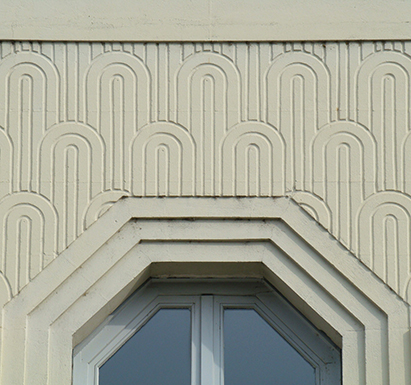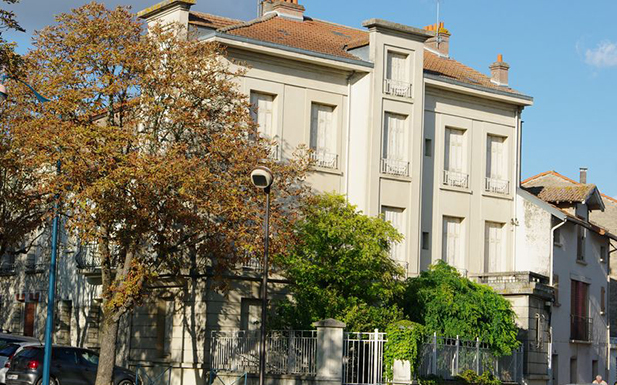City of Art and History, between the Tarn and the vineyards
Moissac, city of art and history...
The city of Moissac developed at the foot of Quercy's vineyards, around the abbey Saint-Pierre. Its favorable situation on the Tarn's banks, a few kilometers away from the confluence with the Garonne, makes the city an ideal place for the movement of goods and men.
In 2012 Moissac obtained the French label "Ville d'art et d'histoire" (city of art and history).
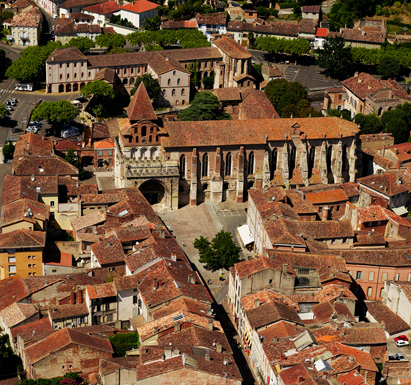
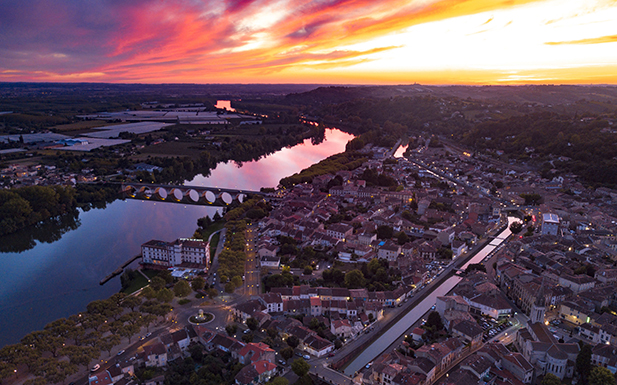
A gallo-roman site
Thanks to the latest archeological researchs, Moissac is rediscovering its ancient past. At that time, there was no city but several villae, those Roman large farms taking advantage of the fertile Tarn's plain and the hills' clay-lime soils to grow and export wine and other agricultural products. The gallo-romans baths of Saint-Martin, whose's hypocaust (a Roman floor heating system) is exceptionally preserved, bears witness of this activity. Though the land is occupied since the Antiquity, a town only arises during the medieval times thanks to the significant cultural, political and economic influence of the Abbey Saint-Pierre.
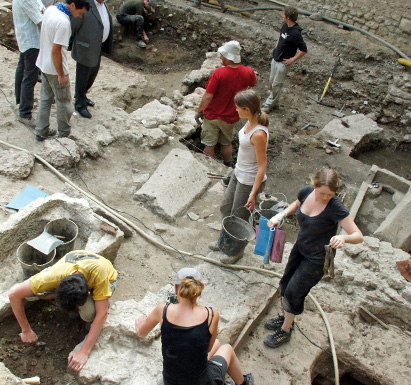
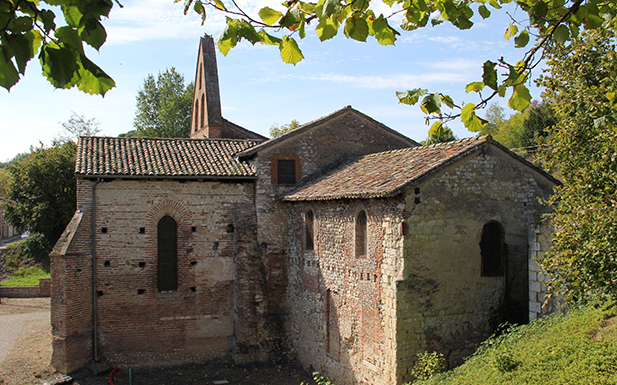
A port city
During the 18th century the flour's trade, produced in Moissac and sold to the Caribbean, makes the fortune of the town's merchants. Flour mills, Baroque church and private mansions built along the Tarn bear witness to this prosperity. In the ancient port district, the elegant façades, some of which have preserved their original woodwork, hide spacious courtyards and warehouses, transformed nowadays into pleasure gardens.
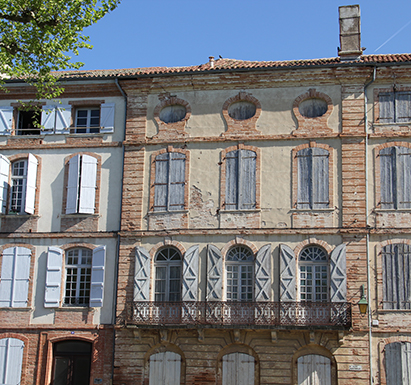
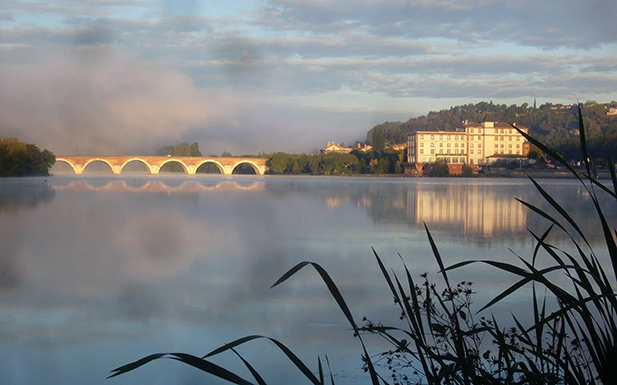
The "canal des Deux Mers"
Though the canal du Midi, linking the Mediterranean to Toulouse,is inaugurated in 1681, it took nearly another two centuries to witness its extension up to Castets-en-Dorthe, in Gironde (one of France's departments). This canal de Garonne's construction necessitated digging through the town, destroying houses, moving the cemetery and building of engineering structures. The Saint-Jacques bridge is the last swing bridge preserved on the canal de Garonne. Another most remarkable work is the Pont-Canal du Cacor. With its 356 meters long, it's the 3rd longest "pont canal" in France, and it's allowing the Canal de Garonne to span the Tarn.
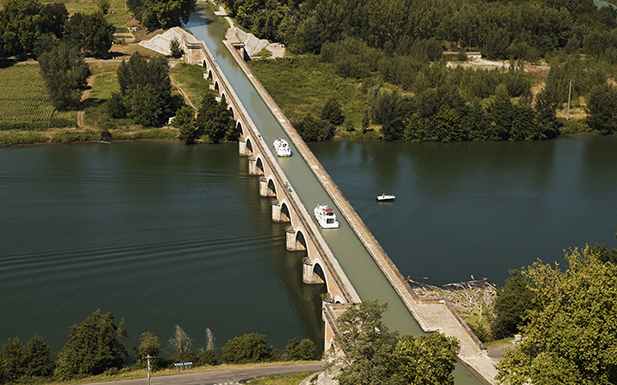

Moissac : "a grape therapy resort"
Since the middle of the 19th century, widely benefitting from the railway's construction, which cuts through the medieval abbey, Moissac turns to Chasselas' production. At the time, the entire economy and society lived to the rhythm of this golden table grape. Real architectural jewel of the 30's, the lodge of the "Uvarium" is the last testimony of a great project of "grape therapy resort" (station uvale in French, from the latin uvus, meaning "grape"), entirely designed around cures and consumption of Chasselas grapes.
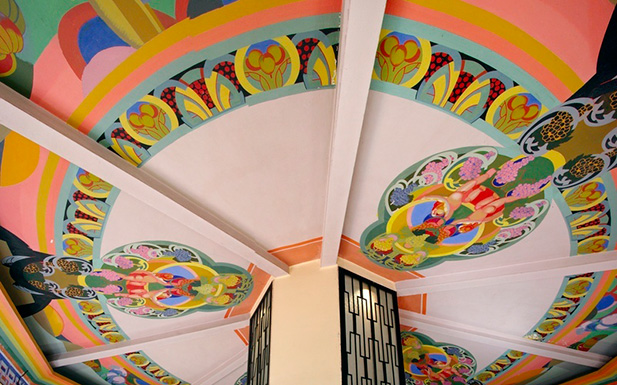

The Art deco districts
In March 1930, a murderous flood destroyed entire districts of Moissac. Thanks to the global solidarity, subscriptions and numerous donations from anonymous people, the town was rebuilt and new districts emerged in the architectural style of the 30's. Those functional houses, with cut-side façades, geometrical decorations and openings, pyramidal pediments or stylized flower friezes, are a remarkable Art Deco heritage to be explored.
